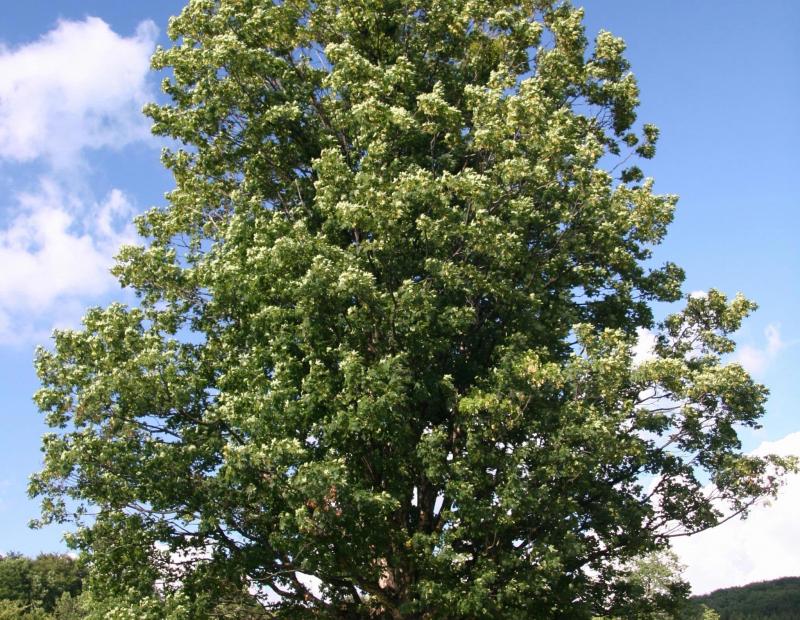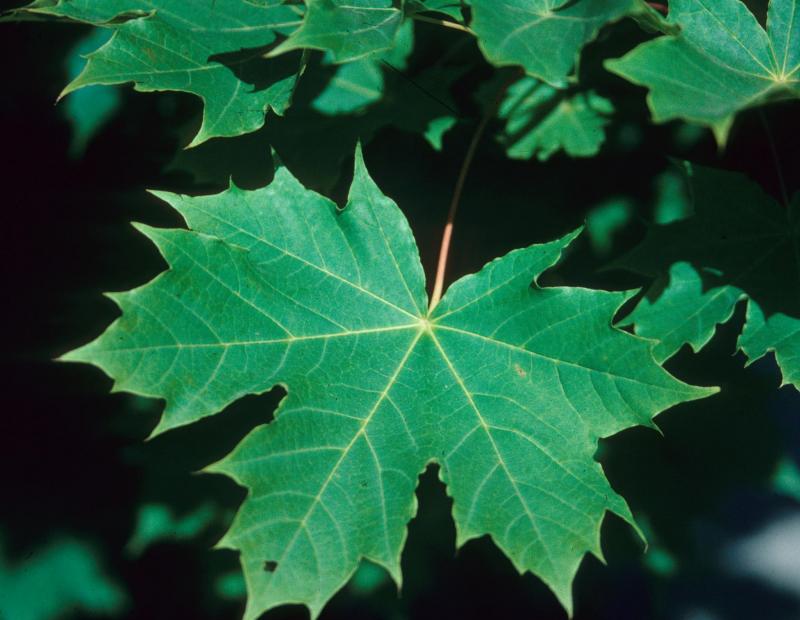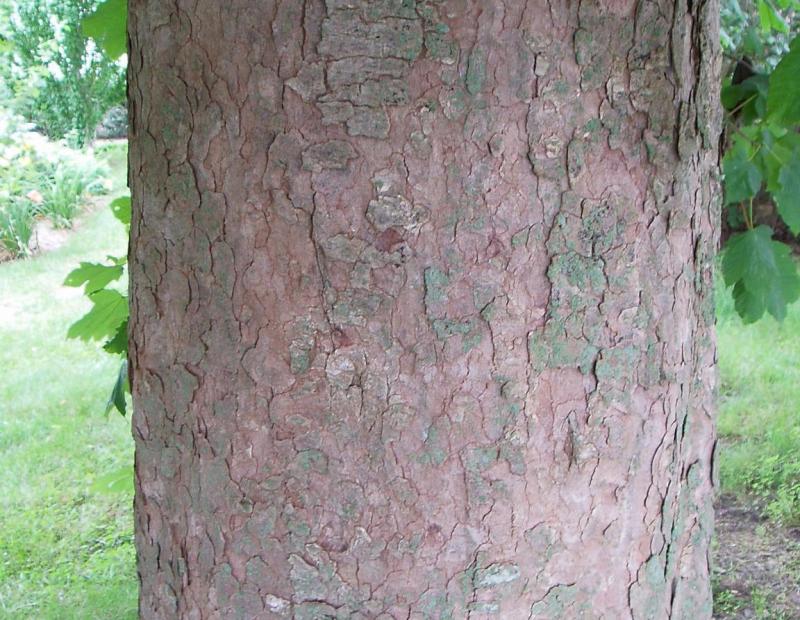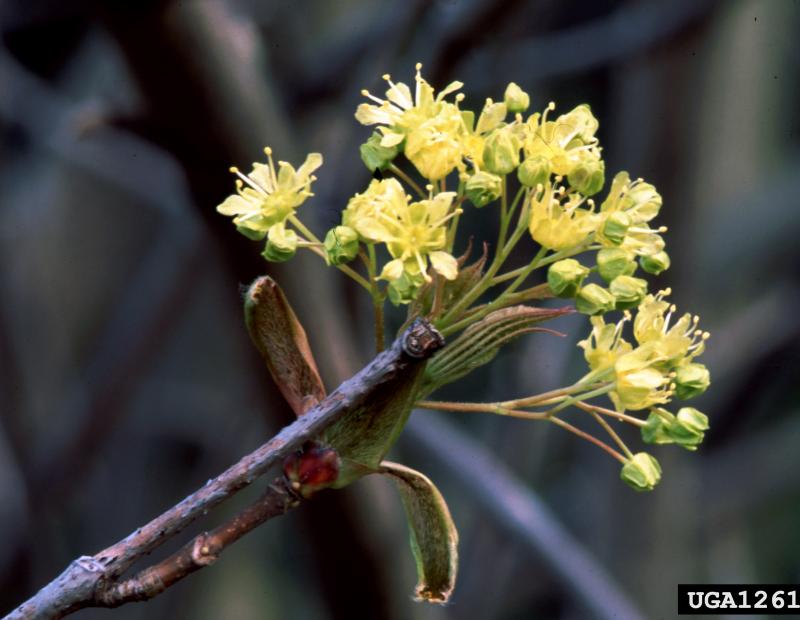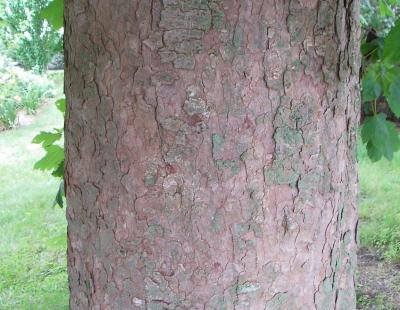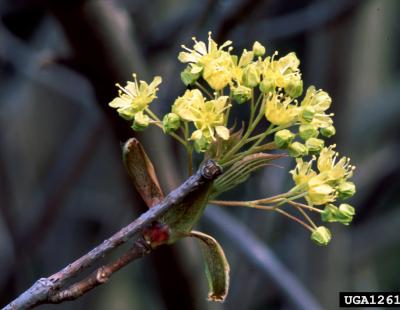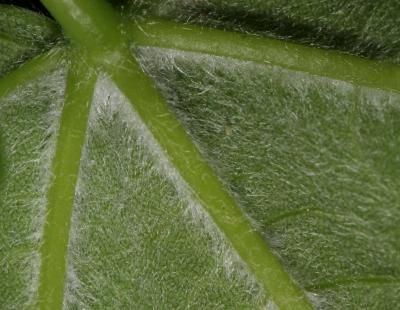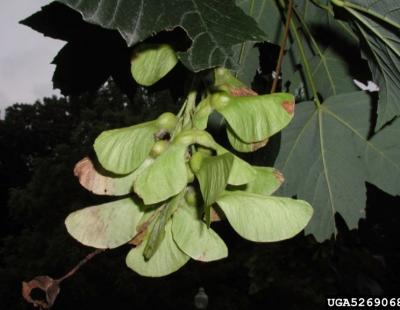- Terrestrial Plants
- Tree
Sycamore maples have a large tolerance for salinity, quality of soils, and exposed conditions. Because of its hardy nature, it can withstand harsh conditions, competing against native plants for important resources. These trees produce large number of seedlings. The paired samaras they produce are wind dispersed, aiding in further establishment of the species. By increasing in numbers fast in comparison to other trees, they can grow in dense stands and crowd out native tree species and successfully compete for sunlight, space and nutrients.
Sycamore maple is native to much of Europe and central Asia. In the United States, it has been found from Maine to Michigan and as far sourth from Kentucky to North Carolina. It is most prominent in New England, along the coast. It was originally brought to the region for horticultural purposes, being a good candidate for a street and park tree. Earliest recorded documentation puts it back to intentional introduction in the 1870's.
Acer pseudoplatanus is a tall tree that can reach up to 30 m in height. The leaves of the tree are thick and leathery, and the bark has a scaly texture that flakes to reveal orange patches underneath. The bark becomes more ridged or plated as they grow. Buds found on the tree will remain green all winter. Simple leaves are lobed but not separated into leaflets, with two leaves per node along the stem. The width of the leaves are between 80-160 mm, and are dark green on the top and lighter green underneath, unlike most maples. Yellowish-green flowers appear in May and are in pendulous raceme 6-15 cm long. The flowers are small, measuring only 4-5 mm. across. Winged samaras measure 3-4 cm. long with angles of 60-90 degrees from each other.
This tree grows frequently in disturbed habitats as a cultivated escapee, in floodplains, forest edges and forests. These trees are shade intolerant and tolerant towards salinity, making it able to grow well in exposed, coastal habitats. It is also tolerant of soil extremes and polution, making it successful in disturbed areas. Sycamore maple is a New York state prohibited tree, and cannot be sold, imported, purchased, transported, or introduced within the state.

